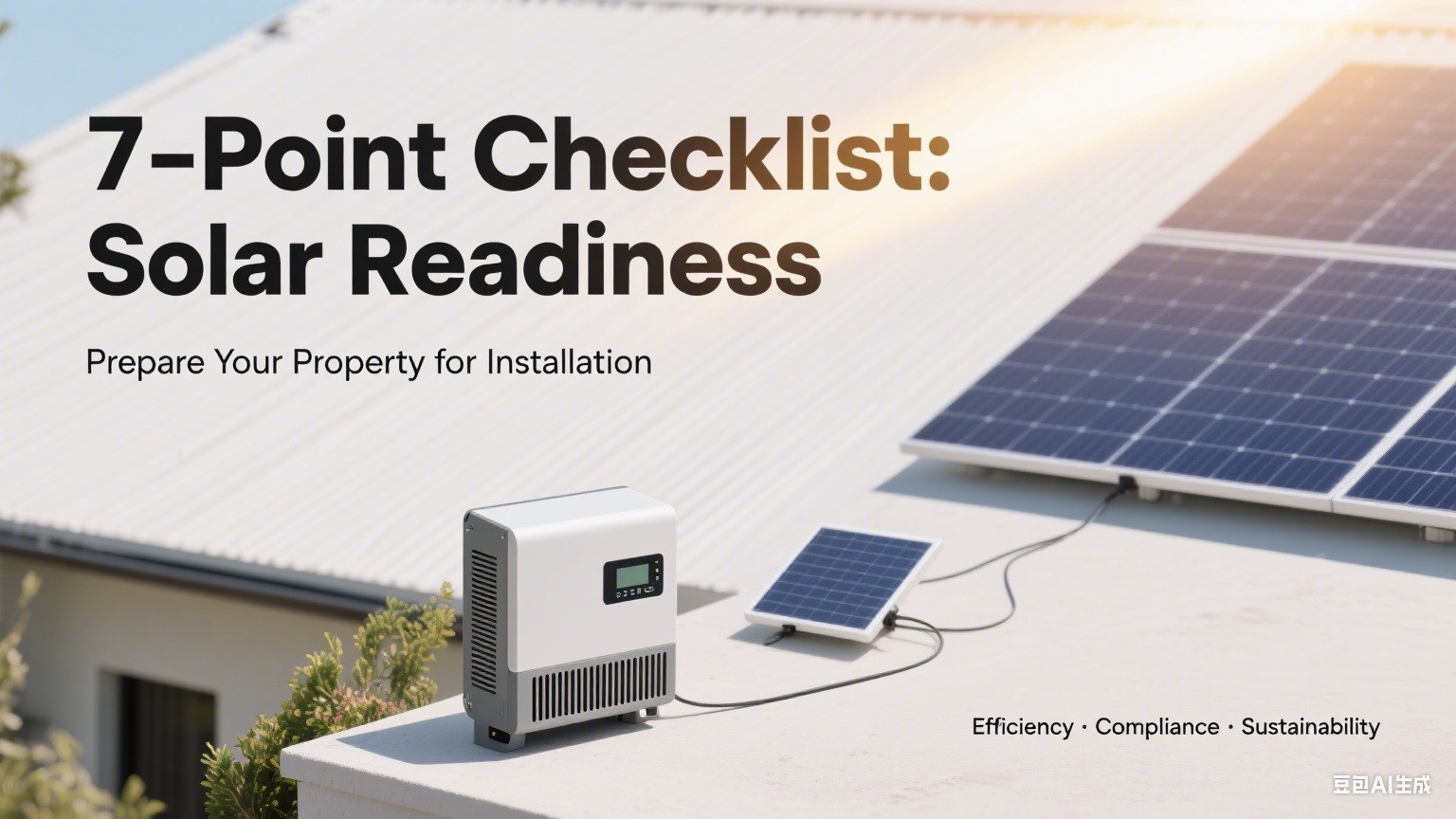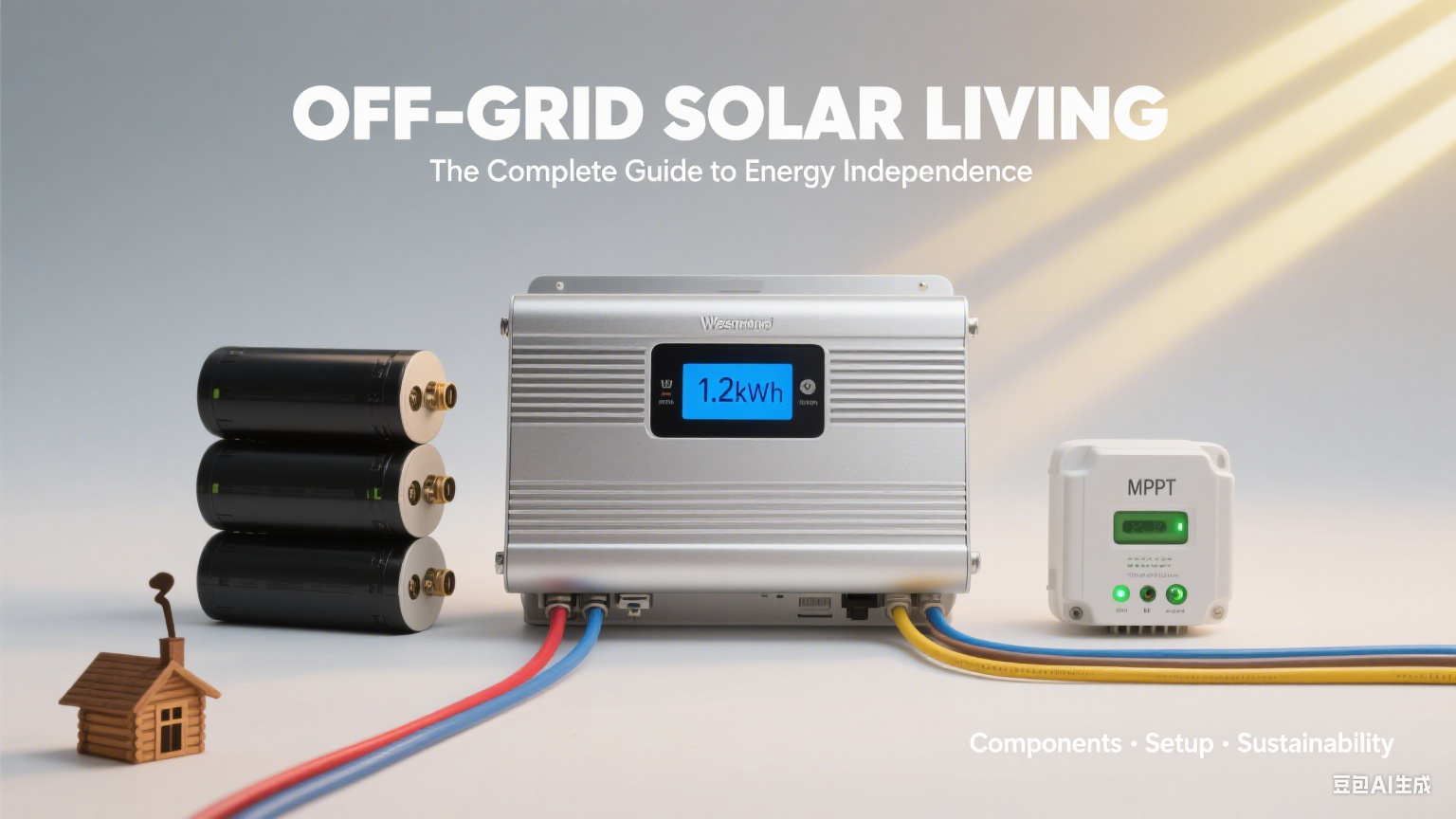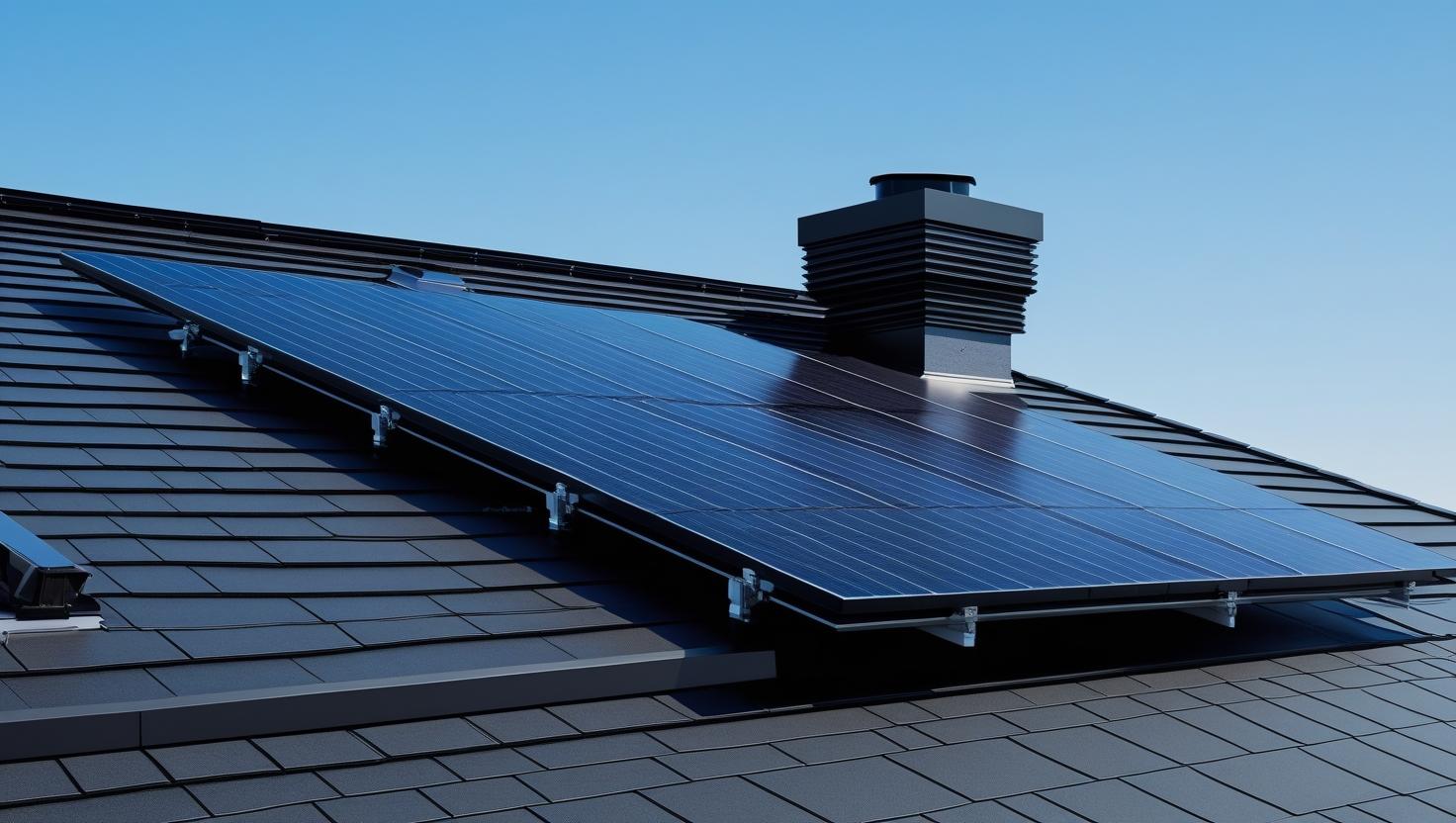The Step-by-Step Guide to Maximizing Solar Energy Efficiency in Your Property
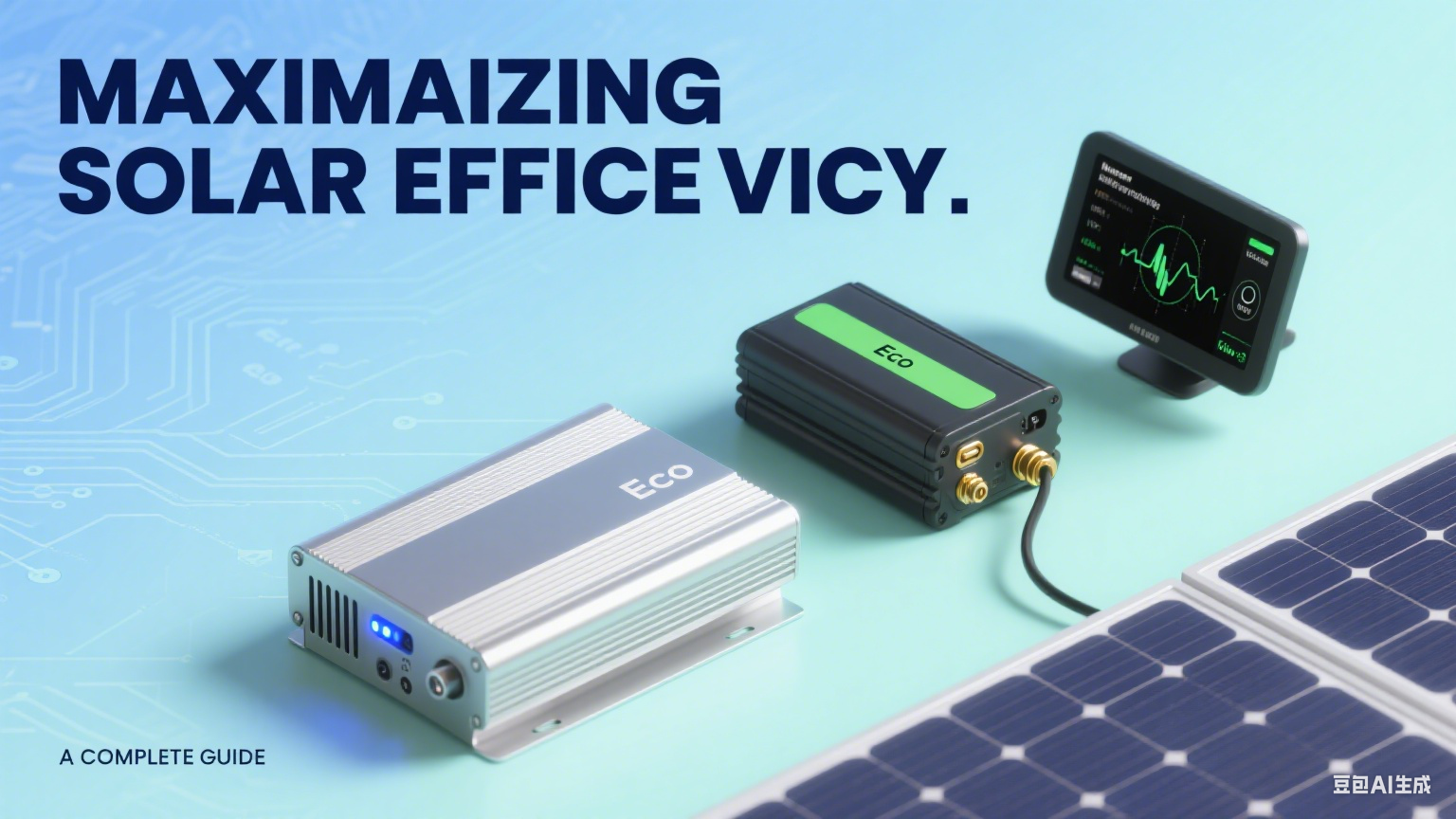
Introduction
Maximizing solar energy efficiency is crucial for both environmental sustainability and cost savings. Whether you’re a homeowner or a business owner, optimizing your solar system can significantly enhance its performance and longevity. This guide provides a comprehensive, step-by-step approach to help you get the most out of your solar installation.
| Step | Key Actions |
|---|---|
| 1. Assess Energy Needs | Analyze 12 months of utility bills; identify peak usage times to determine system size. |
| 2. Choose Quality Panels | Opt for high-efficiency (monocrystalline) or bifacial panels (for reflective areas). |
| 3. Optimize Placement | Site assessment (aerial/LiDAR); south-facing (Northern Hemisphere) with adjusted tilt; consider solar trackers. |
| 4. Install Efficient Inverter | Select MPPT inverters; ensure compatibility with panels/batteries. |
| 5. Add Energy Storage | Use lithium-ion (efficient) or lead-acid (budget) batteries to store excess energy. |
| 6. Regular Maintenance | Clean panels; inspect for damage; monitor performance via remote tools. |
| 7. Optimize Energy Usage | Use Energy Star appliances, smart home systems, and LED lighting. |
| 8. Explore Incentives | Utilize subsidies/tax credits; stay updated on local policies. |
Step 1: Assess Your Energy Needs
1.1 Review Utility Bills
Start by analyzing your past 12 months of utility bills to understand your energy consumption patterns. This data will help you determine the size of the solar system needed to meet your annual energy demands.
1.2 Identify Peak Usage Times
Identify periods of high energy consumption, such as during summer months when air conditioning is in use. Understanding these peaks will help you design a system that can handle your maximum energy needs.
Step 2: Choose High-Quality Solar Panels
2.1 Select High-Efficiency Panels
Opt for monocrystalline or advanced thin-film panels, which offer higher efficiency rates. While these panels may have a higher upfront cost, they provide better long-term savings.
2.2 Consider Bifacial Panels
Bifacial panels absorb sunlight from both sides, increasing energy production. They are particularly effective in areas with reflective surfaces like snow or sand.
Step 3: Optimize Panel Placement and Orientation
3.1 Perform a Site Assessment
Use aerial imaging and LiDAR technology to assess your property for optimal solar panel placement. Consider factors like roof orientation, shading, and local weather conditions.
3.2 Determine the Best Orientation
In the Northern Hemisphere, panels should ideally face south. Adjust the tilt angle according to your geographical location to maximize sunlight exposure.
3.3 Use Solar Tracking Systems
Solar tracking systems dynamically adjust the panels to follow the sun’s path, ensuring maximum sunlight absorption throughout the day. While more expensive, they significantly boost efficiency.
Step 4: Install a High-Quality Inverter
4.1 Choose an Efficient Inverter
The inverter converts DC electricity from the panels to AC electricity for home use. Opt for inverters with Maximum Power Point Tracking (MPPT) to ensure optimal power extraction under varying conditions.
4.2 Ensure Compatibility
Make sure your inverter is compatible with your solar panels and battery storage system (if applicable). Compatibility ensures seamless energy conversion and storage.
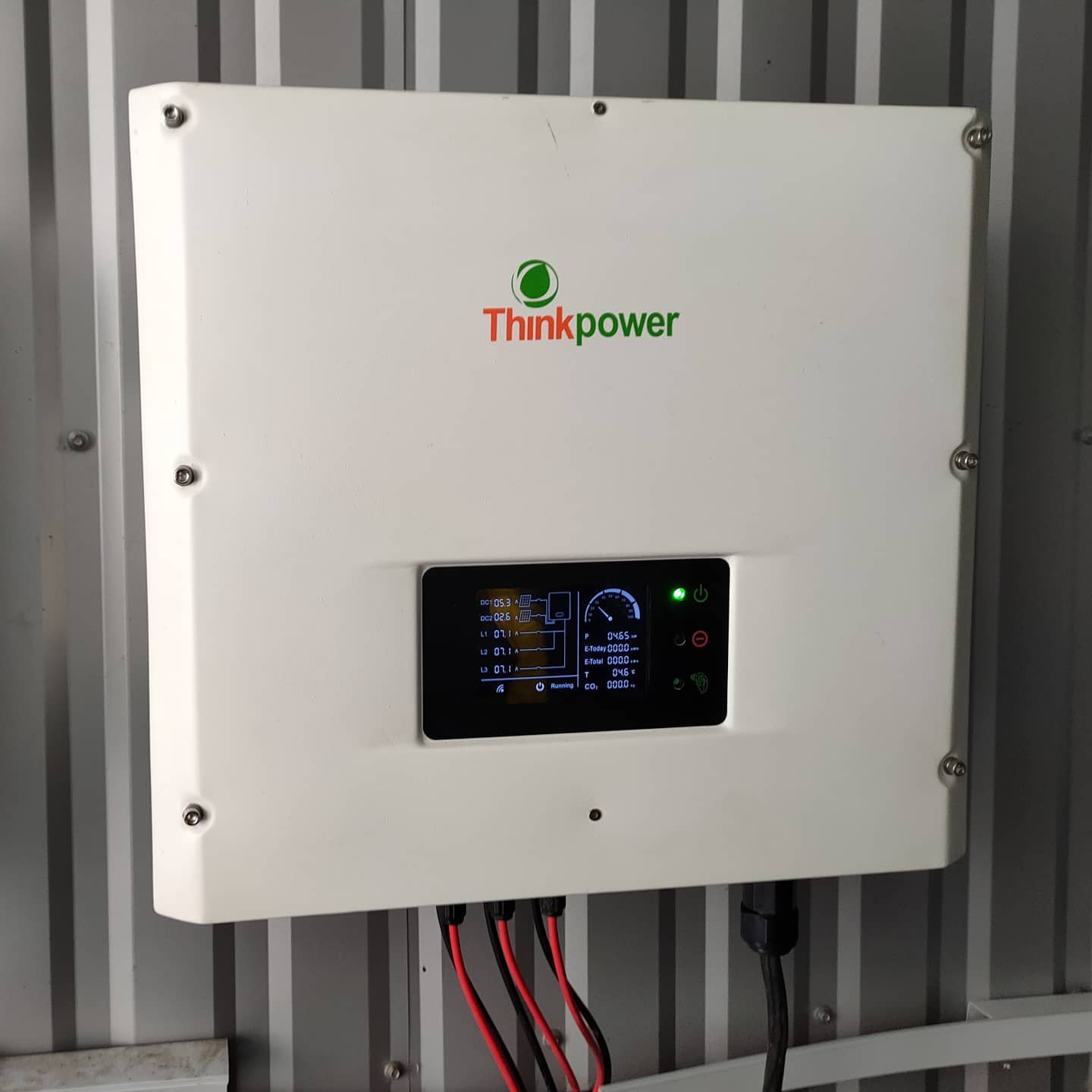
Step 5: Implement Energy Storage Solutions
5.1 Consider Battery Storage
Battery storage allows you to store excess energy generated during peak sunlight hours. This energy can be used during periods of low sunlight or high energy demand, enhancing overall system efficiency.
5.2 Choose the Right Battery Type
Lithium-ion batteries are highly efficient and durable, making them ideal for solar storage. However, they come at a higher cost compared to lead-acid batteries, which are more budget-friendly.
Step 6: Conduct Regular Maintenance
6.1 Clean Your Panels
Regularly clean your solar panels to remove dirt, debris, and snow. Cleaning ensures maximum sunlight absorption and prevents efficiency losses.
6.2 Inspect for Damage
Periodically inspect your panels and mounting systems for any signs of wear or damage. Address any issues promptly to maintain peak performance.
6.3 Monitor System Performance
Use remote monitoring tools to track your system’s performance in real-time. Monitoring helps identify inefficiencies and allows for proactive maintenance.
Step 7: Optimize Energy Usage
7.1 Invest in Energy-Efficient Appliances
Choose appliances with high energy star ratings to optimize the usage of solar-generated electricity. Energy-efficient appliances reduce overall energy consumption, enhancing system efficiency.
7.2 Implement Smart Home Automation
Smart home systems, such as thermostats and lighting controls, can optimize energy usage and minimize waste. These systems help you manage energy consumption efficiently, maximizing your savings.
7.3 Use Energy-Efficient Lighting
Replace traditional incandescent bulbs with LED lights. LEDs consume less power and have a longer lifespan, contributing to overall energy savings.
Step 8: Explore Government Incentives
8.1 Check for Subsidies and Tax Credits
Government incentives, such as subsidies and tax credits, can significantly reduce the initial cost of installing a solar system. Check for national and local programs to maximize your savings.
8.2 Stay Updated on Policies
Local policies regarding solar installations and net metering can change. Stay informed to ensure compliance and take advantage of any new incentives.
Conclusion
Maximizing solar energy efficiency is a multifaceted process that involves careful planning, high-quality components, and ongoing maintenance. By following this step-by-step guide, you can optimize your solar system to achieve maximum performance and cost savings. Whether you’re a homeowner or a business owner, investing in solar energy is a sustainable and financially rewarding decision. Embrace the power of the sun and enjoy a trouble-free, efficient solar system for years to come.
For more information on photovoltaic technology, please visithttps://youtu.be/JB56vgBNr6E?si=48ZjW1I9exvg7s-o for detailed content.

